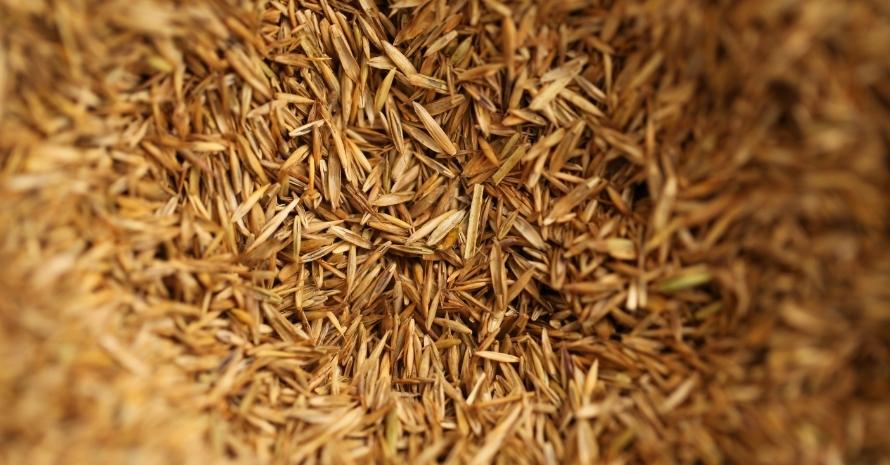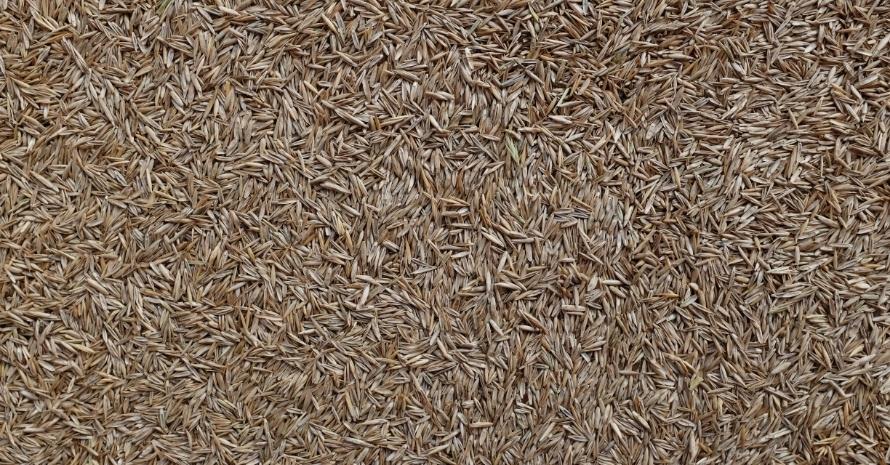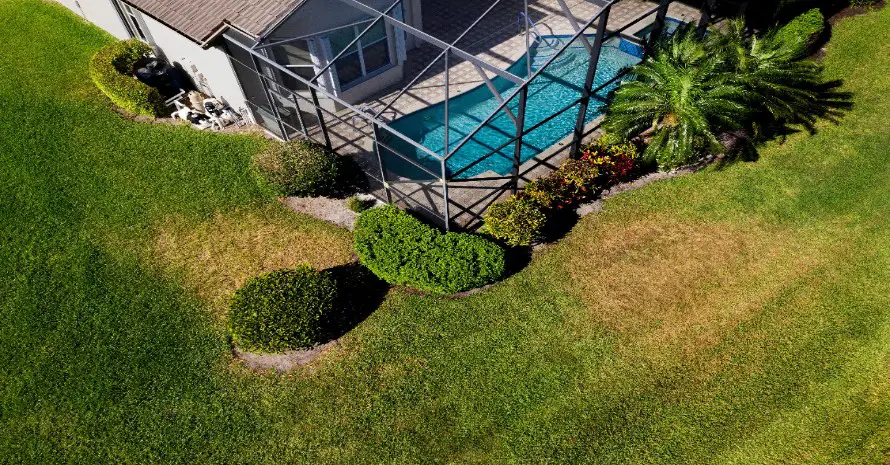A perfectly smooth green lawn is constant care, maintenance, and accurate calculation. Only at first glance does it seem it is enough just to sow the seeds and wait for them to sprout. However, everything is not so simple. Let’s start with how many packs of grain do you need for a lawn? How to understand how much grass seed for overseeding is required? And what factors should be considered before sowing?
So that you do not guess and do not try to decide on the right amount by eye, there are clear formulas. In this article, I will tell you how seeding differs from overseeding, how to calculate the required seed weight, what aspects should be taken into account in your calculations, and will also share tips for measuring odd yards.
Guide on How Much Grass Seed for Overseeding You Need

To determine exactly how much grass seed for overseeding you need, consider the following parameters: lawn and patch sizes, grass variety, and shade. Of course, the amount of grass seed per acre for overseeding pasture will be very different from the amount of material needed to create a lawn from scratch.
Things you’ll need to calculate
To avoid buying too many grains, you need to make simple mathematical calculations. You should know that overseeding is a simple process where instead of creating a lawn from scratch, you fill in brown spots and patches that have been damaged by weather, disease, fungus, or pests with fresh soil.
You need to determine the area size to be treated and what kind of seed you want to use. The fact is that different types have different sizes and weights, respectively, and the total volume may differ. Besides, if most of the lawn is in the shade, it is worth using slightly less material than where the sun shines most of the day.
Step-by-step manual

So, how much grass seed do I need for overseeding? Here are the main steps in the calculations.
1. Calculate the square footage of your lawn
Ideally, the lawn has four perfectly straight sides. You need to measure each of them in any convenient way. You can use a classic or digital measuring tape or opt for a mobile application. Multiply the footage of one side (L) by the other side (W) to get your lot area (S).
Since you want to determine the amount of material for overseeding and instead of covering the whole yard, you need to measure each affected patch and calculate its size using the same formula: S=LW. To make it easier for you further, round the resulting data to tens or hundreds. Since all planting recommendations indicate 1,000 square feet, find how many of these areas will fit on your lawn.
2. Determine which type of seed you will be using
All herbs can be divided into two categories: cool-weather and warm-weather. The names speak for themselves. Some grow best in cool climates, while others do best in warm weather. Choose a category depending on the region you live in, as well as what type of grass you have growing now.
3. Find out how many pounds of the grass seed you have chosen you need for your project
Recommendations for sowing each species can vary significantly. That is why you should first decide which variety you need since the difference can be significant. For example, for 1000 square feet, you need about 10 pounds of Perennial Ryegrass but only 1 pound of Centipede grass.
4. Calculate the total pounds of seed needed using your calculator
Now you need to multiply the data from the first item by the recommended amount of grass seed per acre for overseeding the pasture. As a rule, the recommendations give two approximate numbers. So if you have a shaded lawn, choose the smallest amount; if the yard is on the sunny side, pick the largest.
How to measure an odd-shaped lawn
Rarely are all lawn sides perfectly straight; sometimes, there are not four but more. To accurately measure the area of such a territory, I divide it by eye into several simple figures, separately calculate the size of each, and then summarize the results. Be sure to write down all the calculations or better sketch them to avoid accidentally missing any section.
FAQ on How Much Grass Seed for Overseeding You Need

In this block, you will find additional information regarding calculations.
What kind of grass seed should I use for overseeding?
It depends on the region where you live. Choose cold-weather varieties if you are in an area with a cool climate. Among them, Tall Fescue and Kentucky Blue are most commonly used. If it’s hot enough, you need warm-weather types like Zoysia or Bermuda grass.
What rate do you put grass seed down for overseeding?
As I already wrote, a lot depends on the specific type of grass. But if you don’t want to bother with the calculations, you can take 1-2 pounds of overseeding material for every thousand feet. A new lawn will need 3-4 pounds.
I still recommend that you refer to the manufacturer’s recommendations on how many pounds of grass seed per 1,000 square feet for overseeding you need for every lawn treatment.
How much grass seed per 1,000 square feet should I take?
The range of amounts needed can be huge, from 1 pound (Paspalum) to 10 pounds (Perennial Ryegrass). It’s because the seeds of different varieties have different sizes and weights. The smaller the size, the more material per pound, and the more area you can cover. The average recommendation (by eye) is 1-2 pounds for overseeding.
Accurate Calculations Are the Key to the Perfect Result
I know some gardeners decide on the right amount of seeds by eye. However, I still advise accurate calculations, and here’s why. If you exceed the recommended rate, the shoots will sprout slowly, as they will not have enough moisture and nutrients. If you reduce the rate, seedlings will be rare, ruining the lawn’s appearance. That is why responsible household owners and I prefer to take the time to calculate the right amount of material.
Do you do these calculations before sowing? What kind of grass do you plant, and how much do you use?




